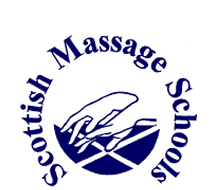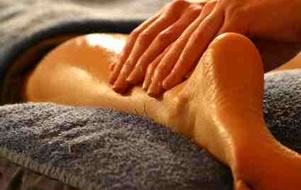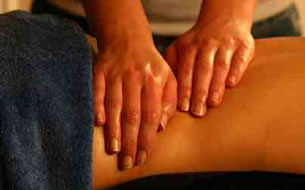Massage in the workplace
An increasing number of companies are introducing massage and complementary therapies as part of their Stress Management Policy for their employees. Massage is clinically proven to reduce stress* – relaxation and stress cannot co-exist.
Research undertaken by the Touch Institute in Miami
www6.miami.edu/touch-research/TRIResearch/massageres.htm shows a clear correlation between the use of massage and general health benefits. These benefits include an:
- increase in employee's alertness and concentration
- reduction in instances of common cold or flu symptoms
- reduction in the number of migraines and tension headaches
- improved quality of sleep at night
- reduced likelihood of being tired, and increase alertness
- enhances a secure sense of self, boosting self awareness.
- reduces stress, resulting in a happier work environment.
This in turn will help to reduce absenteeism and retain good staff.
Massage is currently used across a wide variety of industries all over the UK, including banks, life assurance companies, utility companies, off-shore oil rigs, media, IT manufacturers, investment companies, government agencies, and other companies working towards their Healthy Working Lives award www.healthyworkinglives.com
Massage can also be used at corporate events, promotional events, trade shows, conventions, charity fund raisers, and even parents’ evenings.
For further information about massage in the work place or to arrange a squad of therapists to visit your workplace, please visit www.on-site-relaxation.co.uk
*Massage Therapy Reduces Anxiety and Enhances Eeg Pattern of Alertness and Math Computations (Tiffany Field; Gail Ironson; Frank Scafidi; Tom Nawrocki; Alex Goncalves; Iris Burman; Jeff Pickens; Nathan Fox; Saul Schanberg; Cynthia Kuhn - International Journal of Neuroscience, 1543-5245, Volume 86, Issue 3, 1996, Pages 197 – 205)
*Lower Back Pain is Reduced and Range of Motion Increased After Massage Therapy (Maria Hernandez-reif; Tiffany Field; Josh Krasnegor; Hillary Theakston - International Journal of Neuroscience, 1543-5245, Volume 106, Issue 3, 2001, Pages 131)


